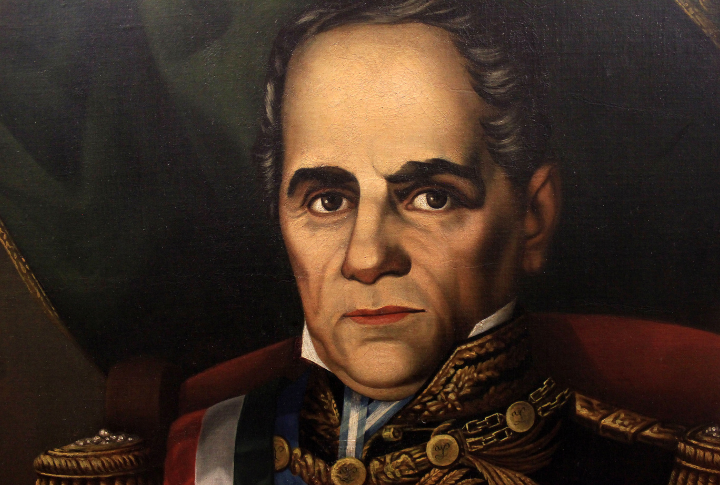
Victory on the battlefield isn’t just about numbers—it’s about strategy, timing, and the ability to adapt under pressure. Some commanders, despite their experience, made decisions that turned triumph into disaster. Their mistakes reshaped wars, shattered empires, and left lasting scars in military history. Here are ten commanders whose blunders led to unforgettable defeats.
Publius Quinctilius Varus (46 BC–AD 9)
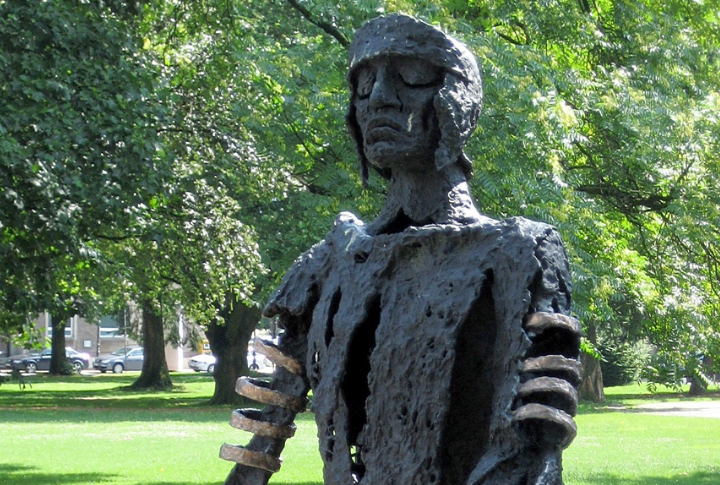
Few generals lost an entire army as spectacularly as Varus. In AD 9, he led three Roman legions into the Teutoburg Forest, where Germanic tribes ambushed them. The Romans were annihilated, and Varus fell on his sword. His failure stalled Roman expansion in Germania, which was later challenged by Germanicus’ campaigns.
Antonio Lopez de Santa Anna (1794–1876)
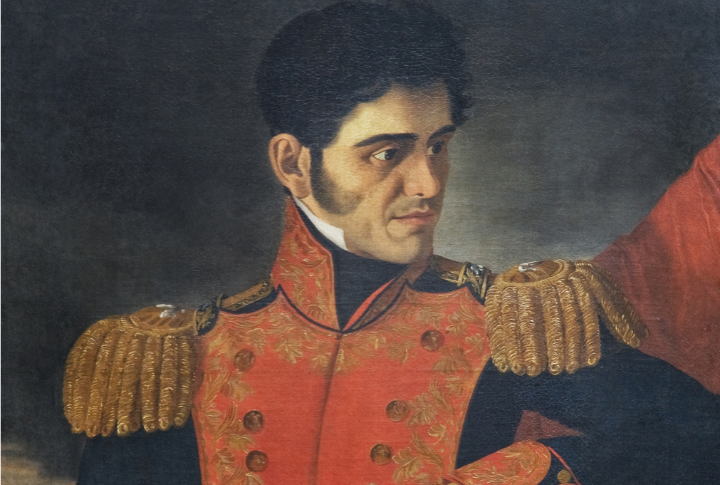
Santa Anna lost Texas, mismanaged Mexico’s military, and returned from exile seven times, only to fail repeatedly. His worst blunder? In 1836, he ignored warnings before being crushed at the Battle of San Jacinto—losing Texas in just 18 minutes. Arrogance and bad decisions defined his legacy.
Douglas Haig (1861–1928)
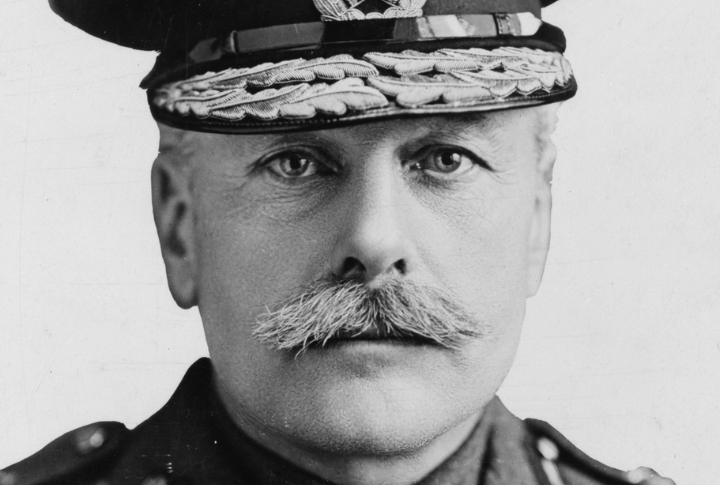
Nicknamed the “Butcher of the Somme,” Haig led one of the bloodiest battles in history. On July 1, 1916, he ordered British troops to march across open fields against German machine guns. Over 57,000 British soldiers fell in a single day—one of history’s worst military blunders.
Arthur Percival (1887–1966)
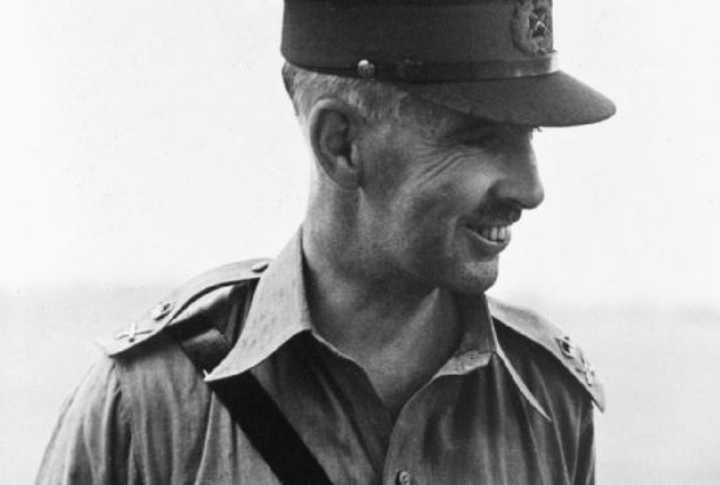
Percival commanded the largest British surrender in history at Singapore (1942). He assumed they would never attack through the jungle despite outnumbering Japanese forces three to one. They did. The British collapsed, and 80,000 soldiers surrendered, giving Japan a strategic foothold in Asia and shattering British confidence.
Charles Cornwallis (1738–1805)
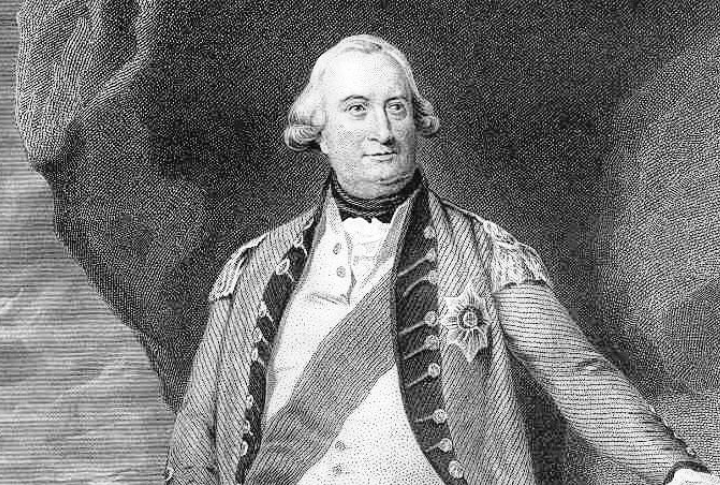
Cornwallis underestimated George Washington at every turn. His greatest failure was marching into Yorktown in 1781, where he was trapped by land and sea. French and American forces forced his surrender, sealing Britain’s defeat in the Revolutionary War. Instead of facing humiliation, he sent a subordinate to surrender.
Gideon Pillow (1806–1878)
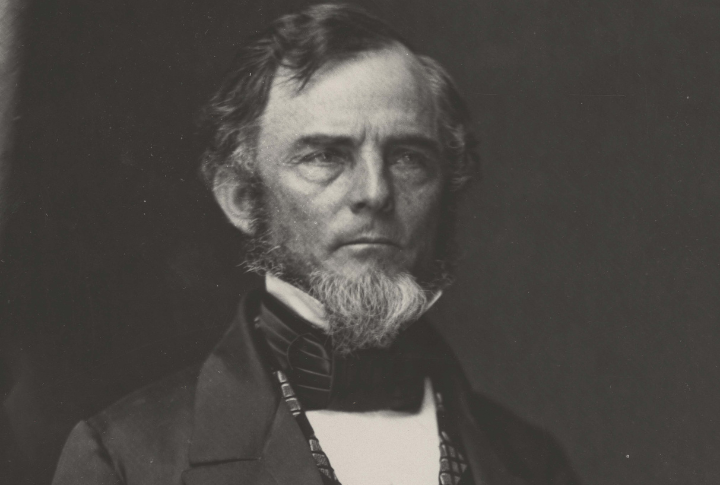
Pillow was a Confederate general who sabotaged his own victories. At Fort Donelson (1862), he had a chance to escape a Union siege but panicked and retreated—straight into surrender. His failures led to Ulysses S. Grant’s rise and gave the Union control of key Southern territory.
Ambrose Burnside (1824–1881)
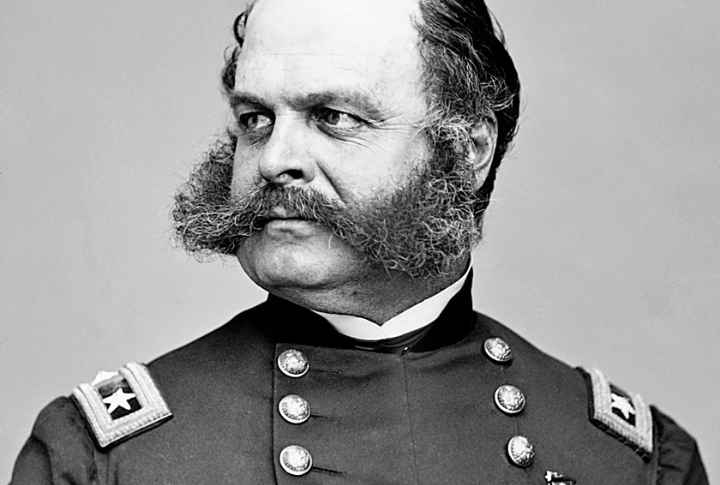
Burnside’s name is now a synonym for military disaster. The Battle of Fredericksburg (1862) was his worst moment. He sent wave after wave of Union troops against a fortified Confederate position, resulting in 13,000 casualties. His incompetence was so glaring that Lincoln removed him immediately.
Joseph Joffre (1852–1931)
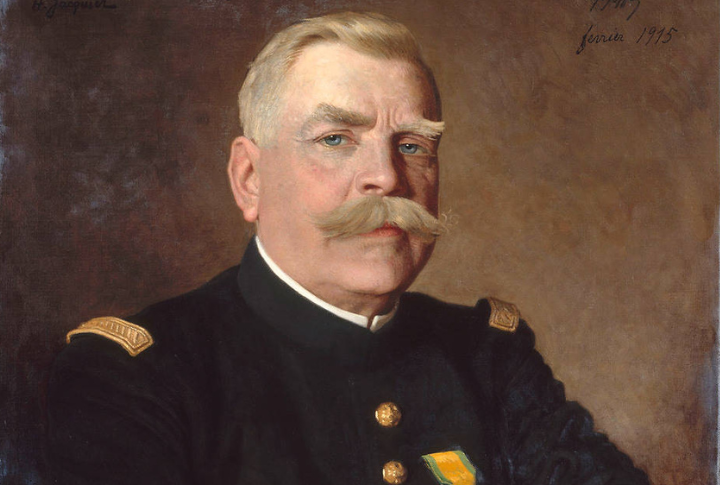
Joffre, the French commander in World War I, believed in attack at all costs, even when it made no sense. His rigid battle plans led to massive early defeats in 1914, costing France millions of lives. His failures even forced the French to rethink their entire strategy.
Kliment Voroshilov (1894–1938)
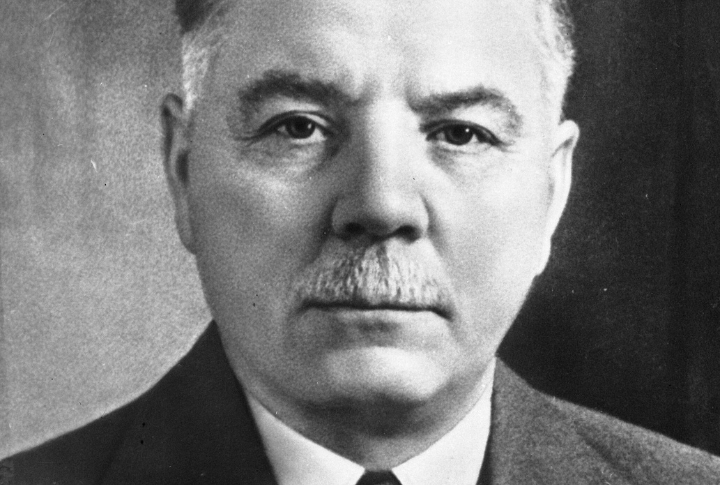
Cherepanov was a little-known but disastrous Soviet general who commanded during Stalin’s purges. Among his worst blunders was taking the poorly trained troops into the Winter War (1939) against Finland. The Soviets suffered massive casualties against a much smaller force, exposing the Red Army’s weaknesses before World War II began.
Nivelle (1856–1924)
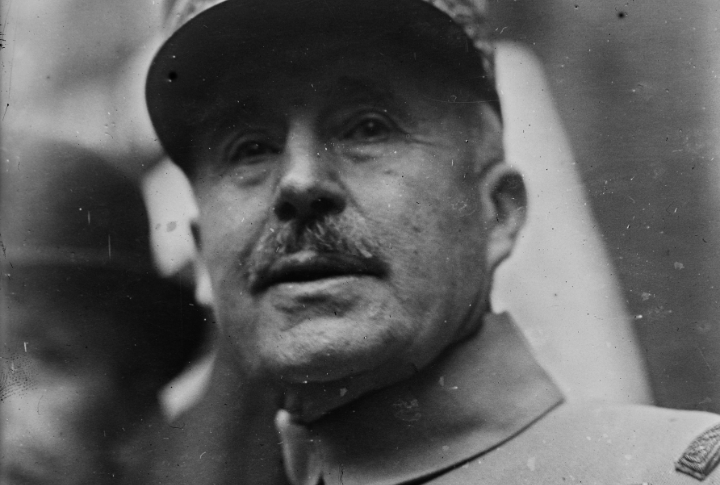
General Robert Nivelle promised a breakthrough on the Western Front in 1917. His Nivelle Offensive of 1917 resulted in 187,000 French casualties, yet he refused to call it off. The result? French mutinies and a crisis in the army. His overconfidence nearly shattered France’s ability to fight in World War I.

